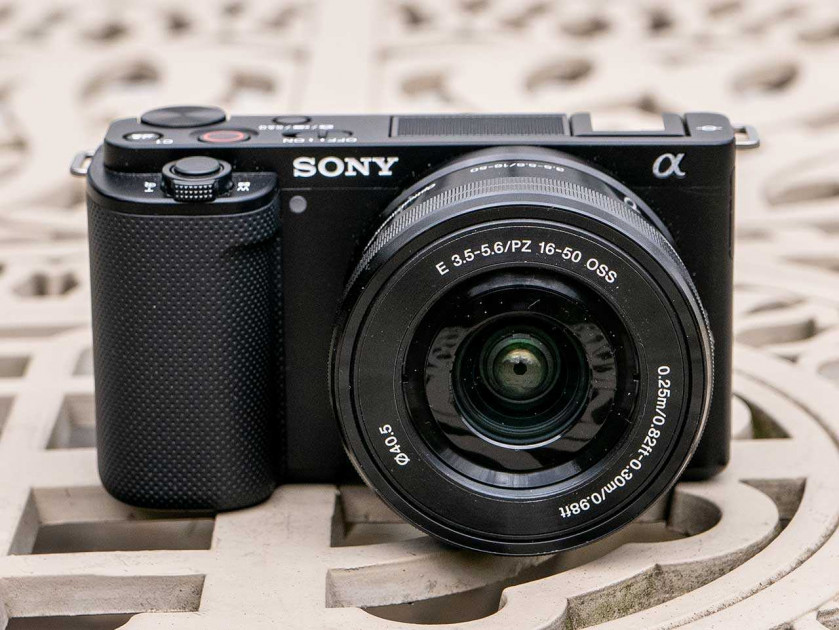Introduction
The Panasonic Lumix S 50mm F1.8 is a reasonably fast standard prime lens for the Panasonic, Sigma and Leica “L-mount” full-frame mirrorless camera system.
This lens features a bright f/1.8 maximum aperture and has 9 rounded diaphragm blades for smoother bokeh.
It is comprised of 9 elements in 8 groups, including 1 ED (Extra-low Dispersion) lens to prevent axial chromatic aberrations, 3 aspherical lenses and 1 UHR (Ultra-High Refractive) lens to reduce chromatic aberration and color fringing.
The Panasonic 50mm F1.8 has a closest focusing distance of 0.45m/1.48ft and a maximum magnification of 0.14x.
It boasts a dust, splash and freeze resistant design that can operate at 10 degrees below zero.
The Panasonic Lumix S 50mm F1.8 is available now priced at £429.99 / €499.99 / $499.99 in the UK, Europe and the USA respectively.
Ease of Use
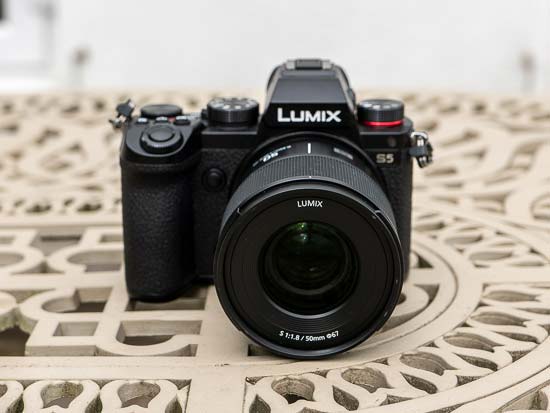
The Panasonic Lumix S 50mm F1.8 is a small, compact and very light standard prime lens, measuring 8.2cm in length, 7.36mm in diameter and weighing in at a mere 300g / 10.15oz.
When mounted on the Lumix S5 mirrorless camera that Panasonic sent us for testing, the Lumix S 50mm F1.8 feels extremely well-balanced and suitable for both two-handed and one-handed use.
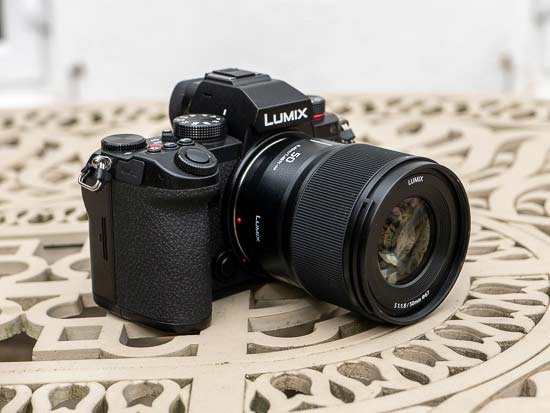
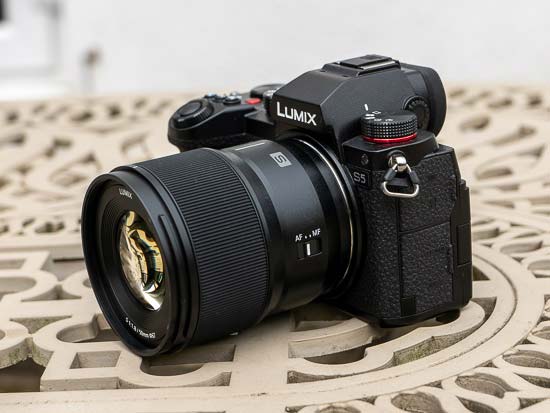
Build quality is very good. The Panasonic Lumix S 50mm F1.8 feels solid in your hand, even if it is mostly made out of plastic, with a metal lens mount.
It’s also weather-proof, being both dust and splash resistant and working all the way down to -10 degrees. We successfully used it in a heavy shower with no adverse effects.
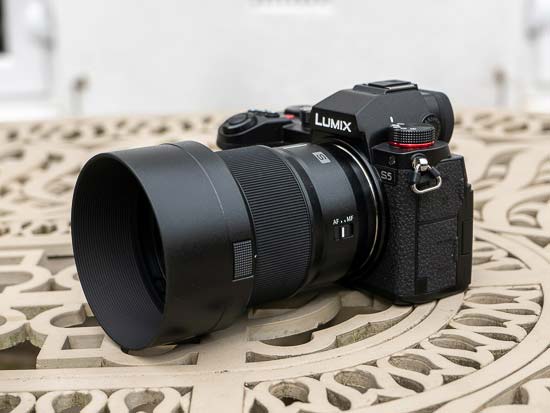
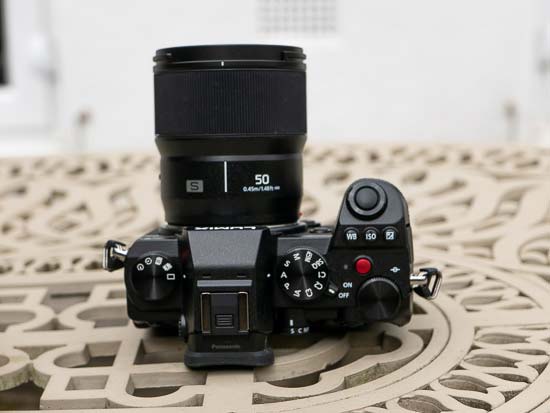
There is no built-in Image Stabilisation, though, with the lens instead relying on the camera body’s stabilisation system (if it has one).
In terms of controls, there is just one – a focus mode switch with the standard AF/MF settings.
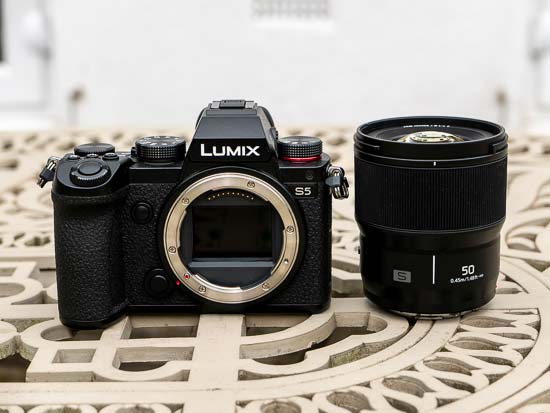
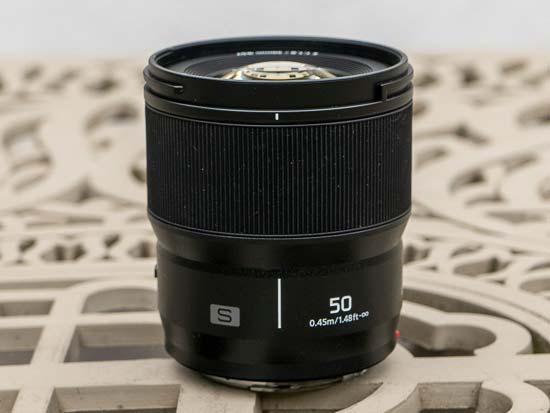
The Panasonic Lumix S 50mm F1.8 lens has a generously wide focus ring with a ridged, rubberised grip band.
There are no hard stops at both ends of the range, making it more difficult to set focus at infinity.
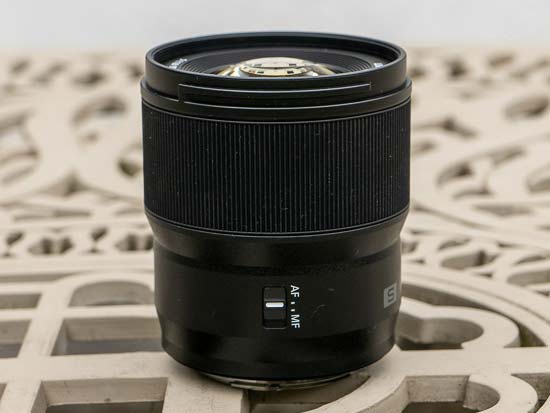
Polariser users should be pleased that the 67mm filter thread doesn’t rotate on focus.
When it comes to auto-focusing, the Panasonic Lumix S 50mm F1.8 is a fairly quick performer, taking around 0.15 seconds to lock onto the subject when mounted on the Panasonic S5 camera that we tested it with.
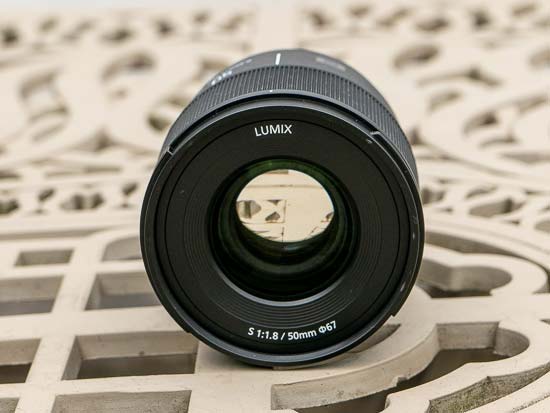
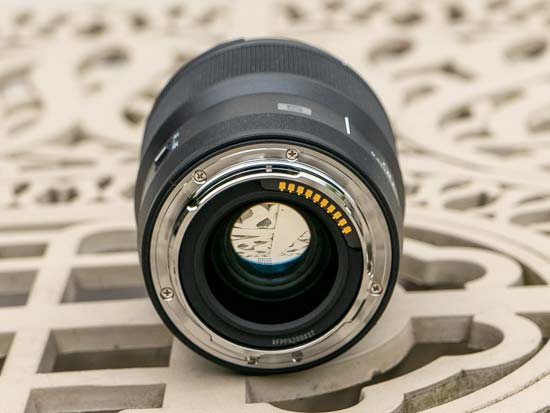
We didn’t experience too much “hunting”, either in good or bad light, with the lens accurately focusing virtually all of the time in the single AF-S mode.
The liner motor focusing mechanism is very quiet, in fact virtually silent, making this lens well-suited to video recording as well as candid stills photography.
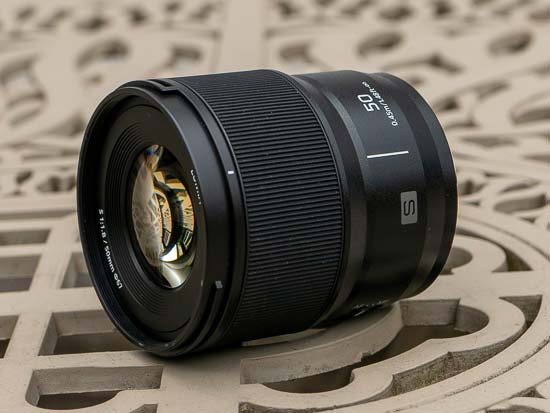
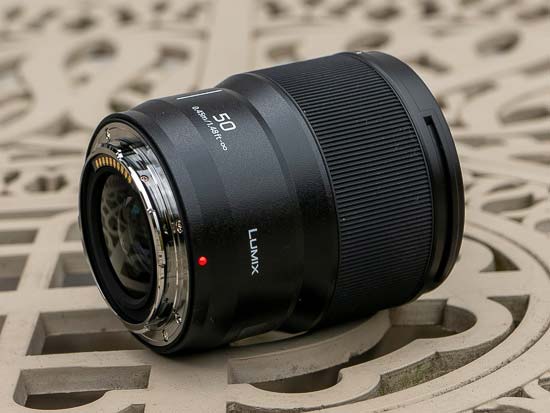
The lens ships with a large, round, high quality lens hood (S-S50) with a lock button, but there’s no case included.
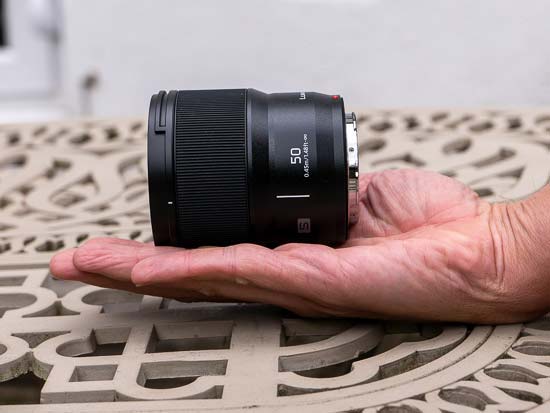
Focal Range
The Panasonic Lumix S 50mm F1.8’s 50mm focal length provides an angle of view of 47º degrees.

Chromatic Aberrations
Chromatic aberrations, typically seen as purple or blue fringes along contrasty edges, are only conspicuous by their almost complete absence from our Panasonic Lumix S 50mm F1.8 test shots.
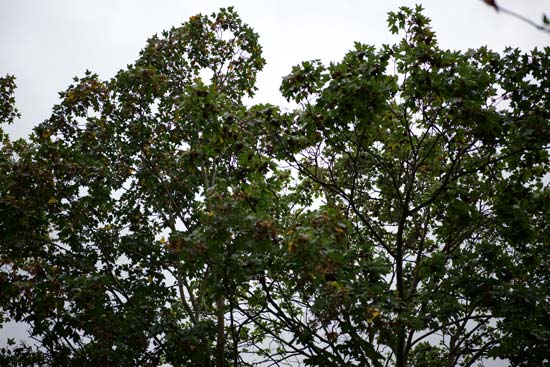
Light Fall-off
With the Panasonic Lumix S 50mm F1.8 lens set to its maximum aperture of f/1.8, there is significant light fall-off in the corners. Stopping-down to f/4 virtually eliminates this.

Distortion
Barrel or pin-cushion distortion are not at all evident.

Sunstars and Flare
The Panasonic Lumix S 50mm F1.8 is capable of producing quite nice sunstars when stopped-down to f/22, as shown below. The lens is prone to flare though, especially when shooting directly into the sun.

Macro
The Panasonic Lumix S 50mm F1.8 isn’t claimed to be a macro lens, with a minimum focusing distance of 0.45m/1.48ft and a maximum magnification of 0.14x.



Bokeh
Bokeh is a word used for the out-of-focus areas of a photograph, and is usually described in qualitative terms, such as smooth / creamy / harsh etc.
In the Panasonic Lumix S 50mm F1.8 lens, Panasonic have employed an iris diaphragm with 9 rounded blades, which has resulted in nice bokeh in our view.
We do realise, however, that bokeh evaluation is subjective, so we’ve included several examples below for your perusal.



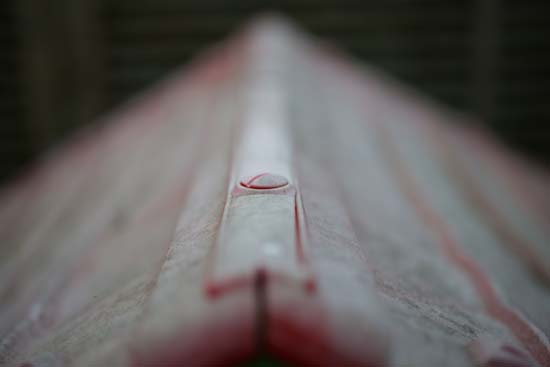


Sharpness
In order to show you how sharp the Panasonic Lumix S 50mm F1.8 lens is, we are providing 100% crops on the following page.

